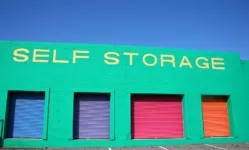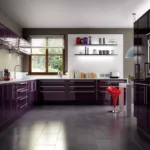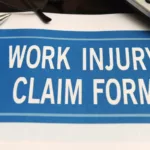Self-storage first started to become popular in the late 1960s, and now, it seems like you can find self-storage companies in even the smallest cities. People have more items than their homes can accommodate.
And businesses are also turning to self-storage rather than large warehouses to store their items.
Supply-and-demand has led to immense growth in the industry over the past thirty years. Self-storage remains one of the leaders in growth since 1978. Owning a self storage company can be lucrative, but you need to know the keys to a strong bottom line.
Cashflow Analysis for Storage Units
Your cash flow analysis needs to consider occupancy. A mistake that a lot of storage business owners make is that they determine their total leasable square feet, let’s say 10,000 square feet to make the math easy.
If your market demands $8 per square foot in annual rent, then you’ll have rent of $8,000 per month.
But you need to consider occupancy rate, too. If your units are only half occupied, this lowers your monthly cashflow down to $4,000. You can’t expect to maintain 100% occupancy because there are always people leaving and coming.
It’s common to project a 90% occupancy which is achievable.
Then you need to consider operational expenses.
These expenses, in most cases, average $3 per square foot, but of course, this can vary from one storage center to the next. Now, you need to consider that a storage unit that has $8,000 per month potential, when fully occupied, may also have $3,000 in expenses. That would leave you with $5,000 in monthly cash flow.
You’ll also have loans to consider and interest rates.
Of course, we chose a very small storage facility, so if you have a larger space, say 30,000 or 40,000 square feet, you’ll have the potential to make a lot more money.
Development and Real Estate Costs
Development costs should be your first major concern. Unless you’re buying a storage company, you’ll need to take care of the logistics yourself. There are two major costs that will go into you starting your business: development costs and real estate costs.
And these are substantial costs.
You’ll need to consider a few points:
- Total land per square foot
- Total utilized land
For example, if you pay $5 per square foot for land, but you only use half of the land, then this means only half of the land is generating cash flow. The projections above mean that the units will cover the $5 per square foot costs, but what happens when you’re only using half the land?
This means that you’ll be paying more for your net leasable land.
You might have plans to utilize the entirety of the land, but it won’t happen. You’ll find that there are problems with:
- Zoning laws
- Building codes
- Physical land layout
- Easements
It’s recommended that you project your site to cover 30% to 50% of the land. So, if you buy 10 acres, expect to be able to only utilize 3 – 5 acres of land in their entirety.
Then you’ll have to consider the development costs of the units.
Mako Steel, a company that has been working in the industry as a builder, has a lot of figures to consider:
- Land costs 25% – 30% of building costs
- Single story units costs $25 – $40 per square foot to build
- Multi-storage units cost $42 – $70 per square foot to build
If you plan on building a state-of-the-art facility, you can expect to have 60,000 – 80,000 square feet of space. Operating expenses can be as high as 40% to 60%, according to the company, so you’ll need to factor these figures into your projections, too.
Then, if you’re just opening the location, there will be a time when occupancy rates aren’t high.
It normally takes 18 – 24 months before a storage facility is able to realize its full potential. This means that you’ll need to account for far less income during the first two years of operation. You might not even break even during the first two years, so having capital on-hand to pay employees and operational costs is a must.
Location, above all else, is very important. If there is a demand that needs to be filled, you may be able to reach full income potential a lot quicker.








